#romeo tabuena
Explore tagged Tumblr posts
Text

Blue Nightfalls
Romeo Tabuena
1983
29 notes
·
View notes
Photo

Romeo Tabuena, Two Heads, 1969. Acrylic on canvas
107 notes
·
View notes
Text

ROMEO V. TABUENA Mga Mananayaw, akriliko sa entrepanyo, 1973 #artPH
#romeo tabuena#mga mananayaw#dancers#larawang-pinta#painting#akriliko sa entrepanyo#acrylic on panel#sining biswal#visual arts#filipino art#artPH
2 notes
·
View notes
Text

'Blue Nightfalls'. Romeo Tabuena. 1983.
94 notes
·
View notes
Text
Spring Stills
.
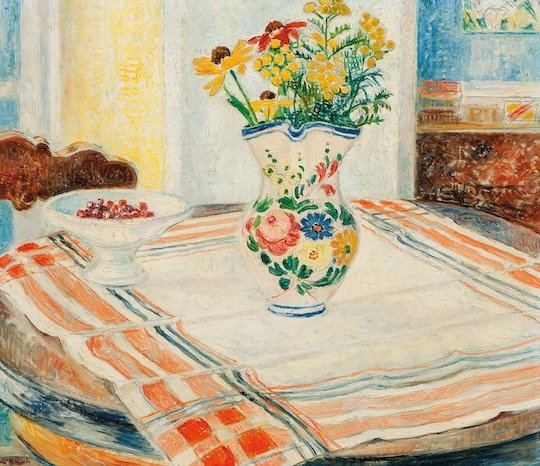
Arne Kavli
::
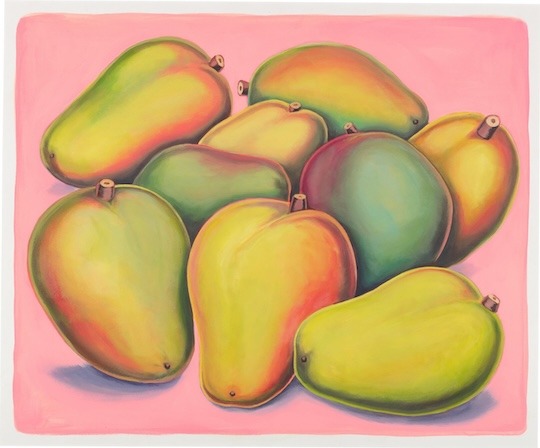
Pedro Pedro - Tropical Mangos 3 for 99 Cents
::
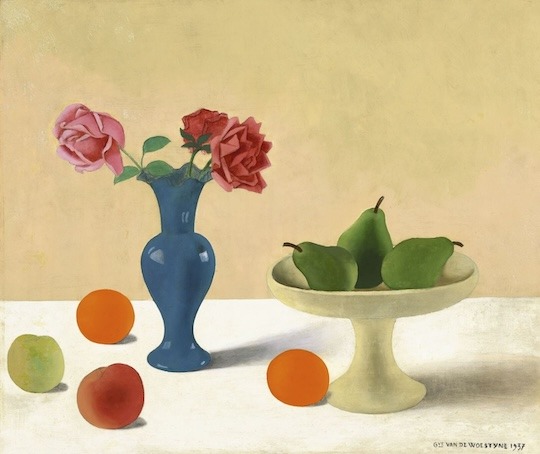
Gustave Van de Woestyne - Still Life with Pears and Blue Vase
::

Herman Tulp
::

Ellsworth Kelly - Corn
::
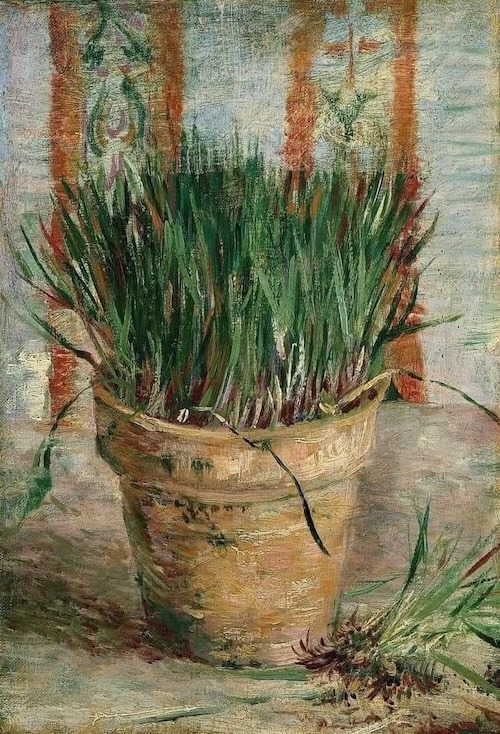
Vincent van Gogh - Flowerpot with Chives
::
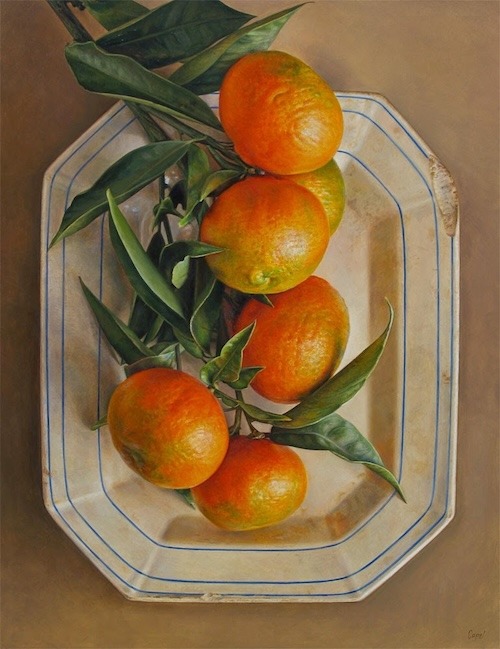
Antonio Guzmán Capel - Mandarinas
::

Erika Lee Sears
::
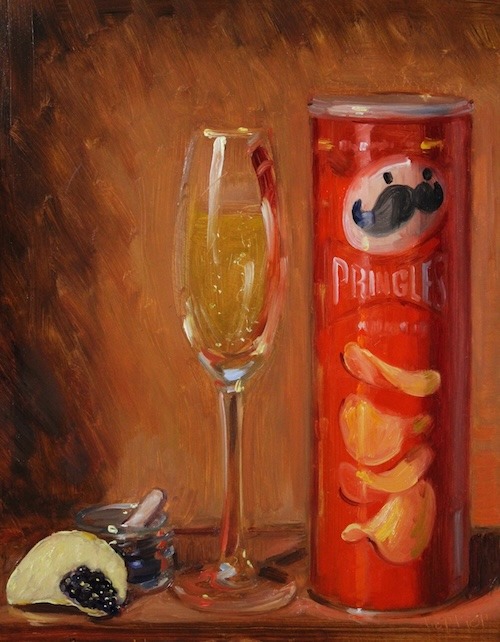
Noah Verrier - Pringles, Caviar and Champagne
::
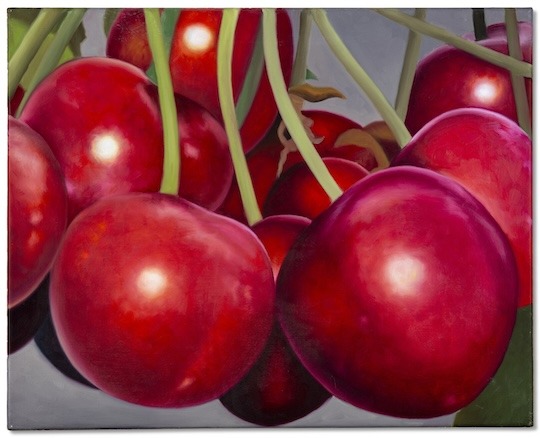
Karin Kneffel - Untitled (Cherries)
::
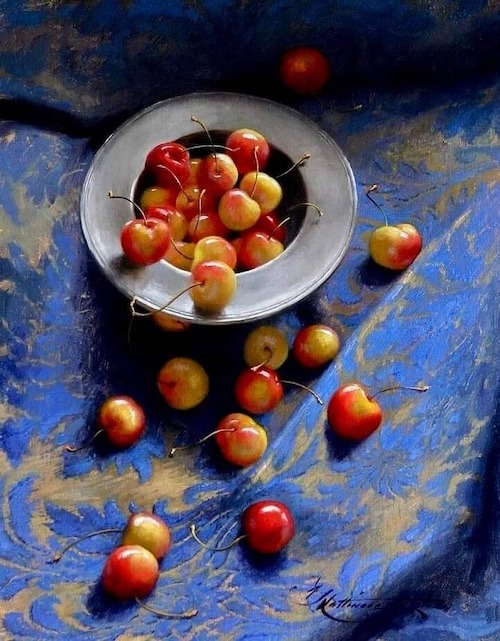
Andrew Lattimore - Rainer cherries
::
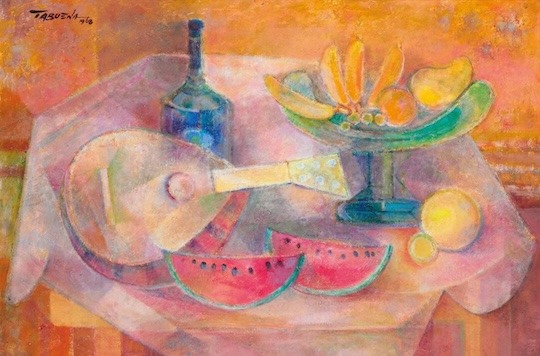
Romeo Tabuena - Guitar and Fruit
::

Saul Steinberg - For Cristina
::
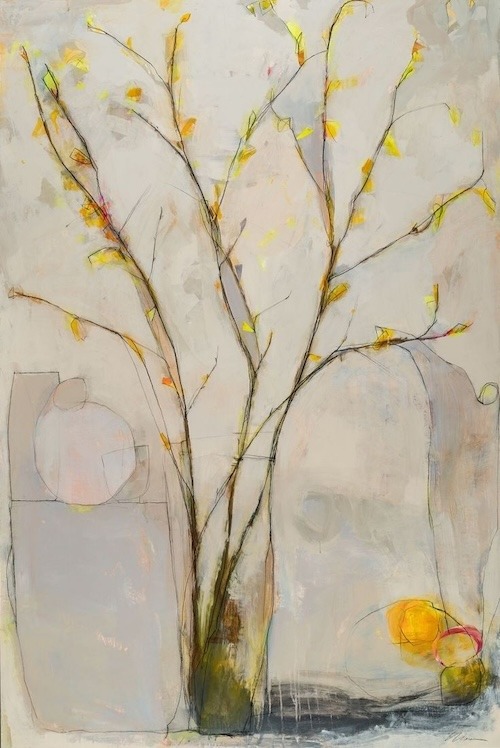
Lisa Noonis
::

2 notes
·
View notes
Photo

By the River, 1958 by Romeo Tabuena (Filipino, 1921--2015)
504 notes
·
View notes
Photo

ROMEO TABUENA (PHILIPPINES, 1921-2015) River Journey 1975 acrylic on board 37 x 50 cm. (14 1/8 x 19 5/8 in.)
© Christie's
#romeo tabuena#filipino art#romeo v. tabuena#philippine art#filipino painter#art#landscapes#mu art#mu#christies#10 art#10 notes
17 notes
·
View notes
Photo

Romeo Tabuena (Filipino, 1921-2015), WOMEN WITH FRUIT, 1972. Acrylic on paper collage laid on board, 44 x 59.5 cm
40 notes
·
View notes
Photo

Romeo Tabuena (1921 - 2015) - Fishermen. 1974. Acrylic on masonite.
46 notes
·
View notes
Text
Romeo Tabuena y sus Pinturas Famosas
Romeo Tabuena y sus Pinturas Famosas
English text below Panorama de su estilo y trabajo Tabuena trabajó con diferentes medios durante su carrera: acuarela, óleos, pasteles, pinturas de esmaltes, temples, crayolas, tintas y acrílicos. En 1949 su trabajo deja de ser tradicional y se hace moderno. Una de sus primeras pinturas, Barun-Barong, un pequeño óleo con fecha de 1949, exhibido en la exposición retrospectiva en 1959, marca el…
View On WordPress
#acrylic#acuarela#arte moderno#Chinese style#crayolas#estilo oriental#filipinas#filipino artist#filipino artist and their works#filipino painting#inks#modern paint#oil painting#oils#óleos#philippine art#pinturas chinas#pinturas de arte moderno#Romeo Tabuena#san miguel de allende#tempera#temples#tintas#watercolor
1 note
·
View note
Photo

Romeo Tabuena (1921-2015), Shepherd with Rooster, 1960. Acrylic on Masonite.
27 notes
·
View notes
Photo

Romeo Tabuena (1921 - 2015) Blue Village, 1960 (49 x 61 cm)
10 notes
·
View notes
Photo

Romeo Tabuena, Fiesta Vendors with Birdcage, 1969. Oil on canvas
58 notes
·
View notes
Photo

ROMEO TABUENA Mujer y Hombre, tempera sa tablang masonita, 1962 #artPH
#romeo tabuena#mujer y hombre#larawang-pinta#painting#tempera sa tablang masonita#tempera on masonite board#sining biswal#visual arts#filipino art#artPH
8 notes
·
View notes
Photo

Sombrilla y Fruta (Parasol and Fruit), 1976. Romeo V Tabuena (American/Mexican, 1921-2015). Oil on board
254 notes
·
View notes
Photo
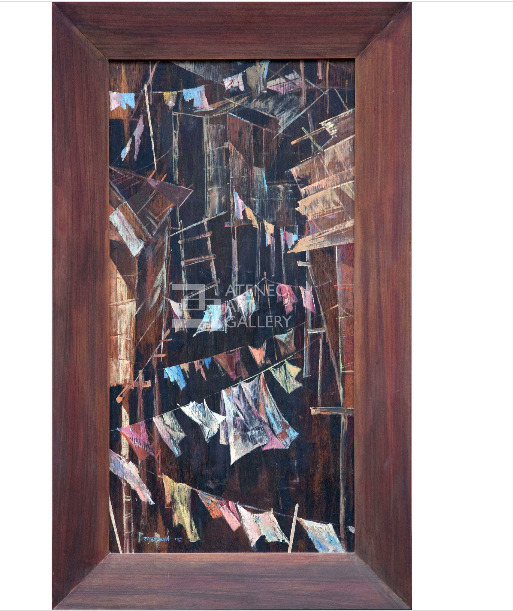
TITLE: Laundry ARTIST: Romeo V. Tabuena MEDIUM: Oil on plywood YEAR: 1951 PROVENANCE: Gifted by Fernando Zobel
Filipino artist, Romeo V. Tabuena, was born in Iloilo City, Philippines in 1921. He graduated with an architecture degree from Mapua Institute of Technology in Manila and a painting degree from the University of the Philippines. In around 1949, he was able to catch his ‘first’ big break and acquired the chance to display his works in drawing and in water coloring at the Philippine Art Gallery. Wanting to learn more from the Masters, he left the Philippines to take classes at the Art Students League of New York (1952) and at the Académie de la Grande Chaumière (1955). After which he moved to San Miguel de Allende, Mexico- an emerging artist community at that time. Despite being away from his homeland, he stayed in touch with his roots by continuously expressing it through his works (Geringer Art, 2019).
As a postwar Neorealist painter and printmaker, Tabuena was able to divulge his experiences in life and of different cultures in Southeast Asia to Mexico, through his works. Moreover, as mentioned in an interview, both Cubism and Chinese vertical format painting are what inspired him as the artist that he has come to be. Hence, his work generally features muted, monochromatic shapes that are pieced together. And the subject matter he more leans onto consists of a combination of both Filipino and Mexican culture through the use of acrylics, oils and watercolors. And he was greatly known for his own portrayal of everyday day working individuals, and of rural landscapes such as traditional houses and native plants as well. Consequently, his dark-tone oil paintings were greatly praised for its depiction of ‘proletarian’ concerns. (Geringer Art, 2019).
Tabuena’s ‘Laundry’ was created in 1951 through the use of oil on plywood. As tribute, Fernando Zobel donated Tabuena’s artwork to the Ateneo Art Gallery. In the painting, it depicts the typical housing situations of Filipinos in impoverished areas settling in river canals or over soil surfaces. These houses are commonly known as stilt houses but are referred to as nipa huts or bahay kubos by Filipinos. More so, wooden ladders are placed in front of the houses to provide access and convenience. With the support of long wooden sticks, several pieces of clothing in various colors are lined up and put on display outside of the houses. The roofs on the houses have patches and seem to look like they consist of different materials that are pieced together.
The title in itself simply identifies and provides a general picture of what’s shown or being done in the painting- the hanging and drying of clothes outside the houses. This is a typical setting of Filipino homes most especially where washing machines and dryers did not exist yet. Moreover, it is an oil painting done on plywood thus, classified as a two-dimensional work. Tabuena may have chosen to work with such materials since oil paint is flexible and can be utilized in various ways. With this, I was able to observe the presence of different textures it gives to the wooden structures and in the clothing. Additionally, the use of plywood prevents the appearance of cracks in the oil paint since wood is rigid.
I was completely drawn to the painting as the appearances of the clothing were painted in such a distressed, ragged manner with different washes of color to go along with it. This could have been done so to illustrate the cheap and low quality of the clothing, and of their frequent usage. Moreover, there was the use of a muted, toned down color scheme, as shown in the clothing and wooden structures,to relieve the charged atmosphere. In doing so, it further emphasized the visual textures of the figures depicted in the painting, giving a more realistic touch to it. Aside from that, he might have chosen this particular color scheme to provide a more melancholic ambience. The negative space, which refers to the background, has an achromatic value to accentuate the details on the wooden structures and clothing, which on the other hand have a chromatic value. Moreover, there was the presence of an organic shape in how the clothing was illustrated. They were painted in such a way that they appear to be swinging while being hung outside to dry hence, a depiction of a life like movement.
Stilt houses or also known as bahay kubos are Filipino native houses that were the dominant architectures observed in the past. The word ‘bahay kubo’ embodies a fundamental value that Filipinos live by- bayanihan or togetherness. Bahay kubos are constructed in such a way that there are no partitions but just a single space (Thomas, 2018). However, as something as an iconic and an essential part of the cultural heritage of us Filipinos, these houses are now stereotyped as a place of living for the poor. And yet again, there is a separation between the privileged and the underprivileged, which simply goes against what they stand for. Moreover, washing of clothes by way of hand has become a Filipino custom for ages now. Hanging and lining them up together outside of the house are how the clothes are generally dried. However, there is now the development of washing machines and dryers. Hence, the hanging of clothes in the painting may depict the lack of comfort and luxury of Filipinos in this living situation.
The positioning of the figures in the painting was from a side angle. It is depicted in such a way that us as the spectators are looking at the painting from a perspective of a window, as if at the set of places. Through this, Tabuena was able to give us a glimpse on what lies on the other end of the spectrum; depicting the discomfort and difficulties brought about in this kind of living situation that are faced by a multitude of Filipinos. And as someone who is privileged, it makes me appreciate more the ease and comfort that’s been provided to me. On that account, we are faced with the sad truth that there is indeed a clear separation between the privileged and the underprivileged; that there are different views set out in the world.
As I've mentioned earlier, Tabuena is known for incorporating Filipino culture in his works. From my standpoint, he was able to successfully portray a glimpse of the everyday life of certain Filipinos and even of traditional houses that still exist at present time. Alongside this, he was able to depict ‘proletarian’ concerns as well; indicating the status of individuals in such settings- lower class or low wage individuals. The concern here then lies not only on the quality of their living situations but on the clear distinction and separation between the privileged and underprivileged in the Philippines as well. More often than not, we don’t fully immerse ourselves with the works of arts shown in front of us. We admire its beauty solely from the surface but fail to grasp and perceive the underlying significance of it. And through this entire process, I was made more aware of the pressing issues faced in the majority of our society. I made me understand and further appreciate this painting even more.
References
Ateneo Art Gallery. (n.d). Laundry. Retrieved from https://ateneoartgallery .com/collections/laundry
Geringer Art. (2019, May 12). Retrieved from https://www.geringerart. com/artists/romeo-v-tabuena/
Thomas, A. (2018, September 11). Bahay Kubo and Its Symbolism in the Filipino Culture. Retrieved from https://balay.ph/bahay-kubo/
1 note
·
View note